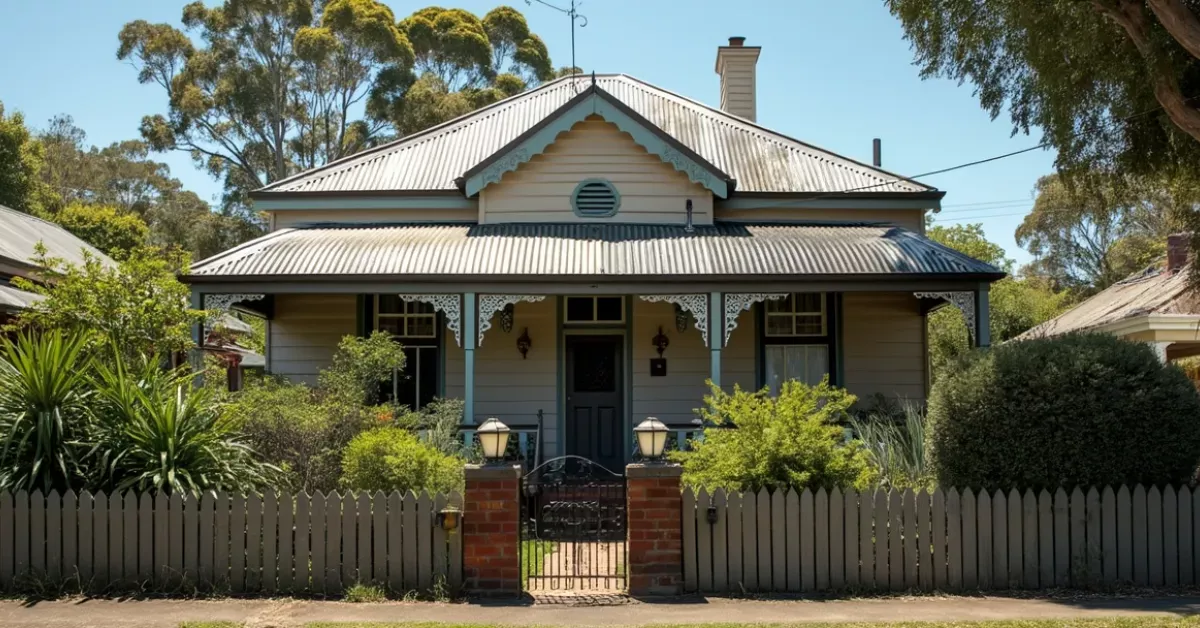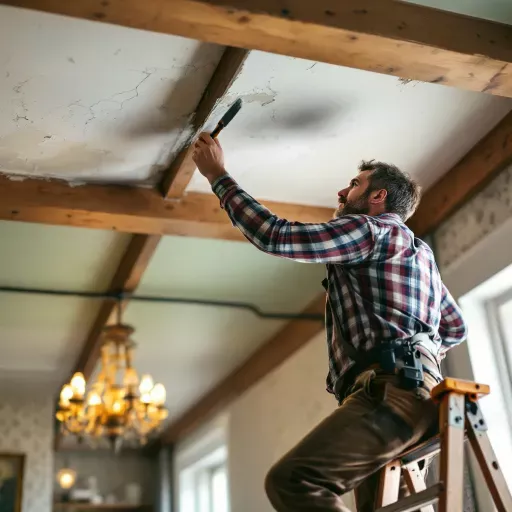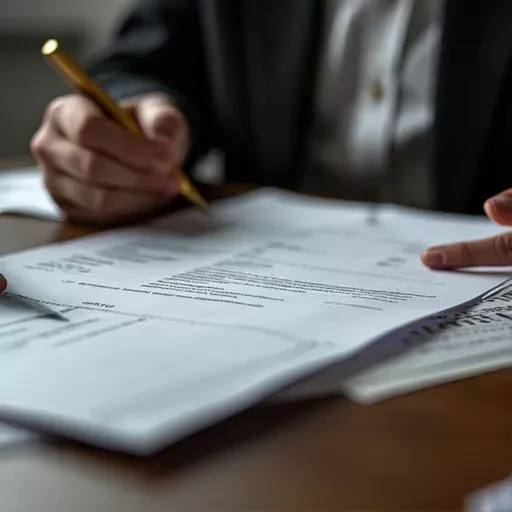Purchasing an older home in Australia can be appealing – charming period features, established neighbourhoods, and sometimes more affordable price tags compared to new builds. However, beneath the surface charm often lurk significant hidden costs that can quickly add up. Before you sign on the dotted line for that character-filled Queenslander or Victorian terrace, it’s essential to understand what financial surprises might be waiting.

The Appeal vs. Reality of Older Australian Homes
Many buyers are drawn to older properties for their unique character, solid construction, and established locations. While these homes can offer exceptional value, they often come with a range of costly issues that aren’t immediately apparent during inspections.
According to Peter White Constructions, “If you are thinking of buying into an older home, it’s a story those layers may be telling that could end up costing quite a penny”. Understanding these potential costs before purchase can help you budget appropriately and avoid financial stress down the track.
Structural Issues and Foundation Problems
One of the most significant hidden costs in older Australian homes involves foundation and structural issues. Uneven floors, windows that won’t latch, plasterboard cracks, and bulges in exterior walls can all indicate foundation problems that may require expensive repairs.
“Problematic foundations can compromise a property’s structural integrity. They might not necessarily cause a house to come crashing down, but they’ll certainly cost a significant sum to rectify,” notes Jake Superdraft.
For homes built on stumps, restumping alone could cost $10,000-$20,000 depending on what needs doing. Before purchasing, it’s worth hiring a structural engineer to inspect the property thoroughly.
Electrical Rewiring Costs
Outdated electrical systems in older homes pose both safety risks and significant expenses. Homes built before the 1980s often have inadequate wiring that doesn’t meet current standards or the demands of modern households.
The cost to rewire a house in Australia typically ranges from:
- $5,500-$8,000 for a small 2-bedroom property
- $10,000-$15,000 for a standard 3-bedroom home
- $15,000-$22,000 for a 4-5 bedroom two-storey house
Source: Hire Trades Australia
Signs that a home needs rewiring include frequently blown fuses, dimming or flickering lights, hot switch plates, buzzing sounds from outlets, and burning smells. These issues shouldn’t be ignored as they present serious fire hazards.
Plumbing System Upgrades
Older homes often feature outdated plumbing systems that may include galvanised steel, lead, or even clay pipes. These materials deteriorate over time and can lead to leaks, poor water pressure, and contamination issues.
Replacing an entire plumbing system can cost thousands of dollars, with expenses varying based on the size of the home and accessibility of the pipes. Water damage from leaking pipes can also lead to additional repair costs for walls, floors, and ceilings.
Hazardous Materials Removal
Perhaps one of the most concerning hidden costs involves hazardous materials commonly used in older Australian homes.

Asbestos Removal
Asbestos was widely used in Australian building materials until it was banned in 2003. Homes built before the 1990s are particularly likely to contain asbestos in roofing, walls, insulation, pipes, and flooring.
“If your home was built before 1990, there’s a good chance it contains asbestos,” warns Master Builders Chief Executive Denita Wawn. “Asbestos was used in over 3,000 building products, and it can show up inside and outside—in floors, walls, ceilings, eaves, pipes, and roofs”.
Professional asbestos removal is essential but expensive, with costs varying based on the extent of contamination. Attempting DIY removal is not only dangerous but illegal in many states and territories.
Lead Paint
Homes built before 1978 often contain lead-based paint, which can cause serious health issues, particularly for children. Professional lead paint removal adds another layer of expense to renovation costs.
Energy Efficiency Upgrades
Older Australian homes typically lack proper insulation and energy-efficient features, leading to high utility bills and uncomfortable living conditions.
“Insulation in older buildings? It’s often more of a myth than actuality. You are heating or cooling the whole suburb if your home is not properly insulated,” notes Peter White Constructions.
Upgrading to double-glazed windows, adding proper insulation, and improving overall energy efficiency can cost thousands but will save money in the long run through reduced energy bills.
Roof Repairs and Replacement
Roof issues in older homes can lead to water intrusion, which may cause extensive damage over time. Signs of roof problems include cracked, curling, or missing tiles, musty smells, and damp patches on walls or ceilings.
A new roof can cost between $20,000-$30,000 depending on size and materials, making it one of the most significant expenses for older home buyers.
Pest Control and Damage Repair
“Old homes at times can come with their critters,” warns Peter White Constructions. Termites, possums, and other pests can cause significant structural damage that may not be immediately visible during inspections.
Professional pest inspections before purchase are essential, as is budgeting for potential treatment and repair costs. Termite damage can be particularly expensive to repair if it has affected structural elements of the home.
Modernisation and Renovation Costs
Bringing an older home up to modern standards often involves significant renovation costs. Kitchens and bathrooms typically require the most extensive updates, with costs quickly escalating into tens of thousands of dollars.
Additionally, older homes may need modifications to comply with current building codes, particularly if you plan to rent out the property or make substantial changes.
Government Fees and Compliance Costs

When buying an older property in Australia, you’ll face various government fees beyond the purchase price. These include:
- Stamp duty: Can range from $8,750 to $21,970 for a $500,000 property, depending on your state and first-home buyer status
- Mortgage registration fees: Around $100-$200
- Transfer fees: Varying by state, from $295 in NSW to $4,507 in South Australia for a $500,000 property
- Council and water rates: These ongoing costs are often higher for older properties
Source: realestate.com.au
Heritage Property Considerations
If you’re purchasing a heritage-listed property, be prepared for additional restrictions and costs. Modifications to heritage homes must typically be approved by local councils, and using appropriate materials and techniques for repairs can be significantly more expensive.
“In 2017, a Tasmanian man was fined $225,000 and ordered to pay legal costs to the Hobart City Council for illegally demolishing a listed 1890s-era house and chopping down two heritage-listed trees growing on the block,” reports Money Magazine.
Budgeting for the Unexpected

When purchasing an older home, experts recommend budgeting an additional 10-20% beyond the purchase price for immediate repairs and upgrades. This buffer helps cover unexpected issues that may arise during renovations or in the first few years of ownership.
Conclusion: Is an Older Home Worth It?
Despite the potential hidden costs, many Australians find that older homes offer unique character and charm that can’t be replicated in new builds. The key to a successful purchase is thorough due diligence and realistic budgeting.
Before committing to an older property:
- Arrange comprehensive building and pest inspections
- Get quotes from licensed electricians, plumbers, and other tradespeople for necessary upgrades
- Research the property’s history and any potential heritage restrictions
- Budget generously for unexpected issues
- Consider whether the home’s character and location justify the additional expenses
With proper planning and a clear understanding of the potential hidden costs, buying an older Australian home can still be a rewarding investment that provides years of character-filled living.
